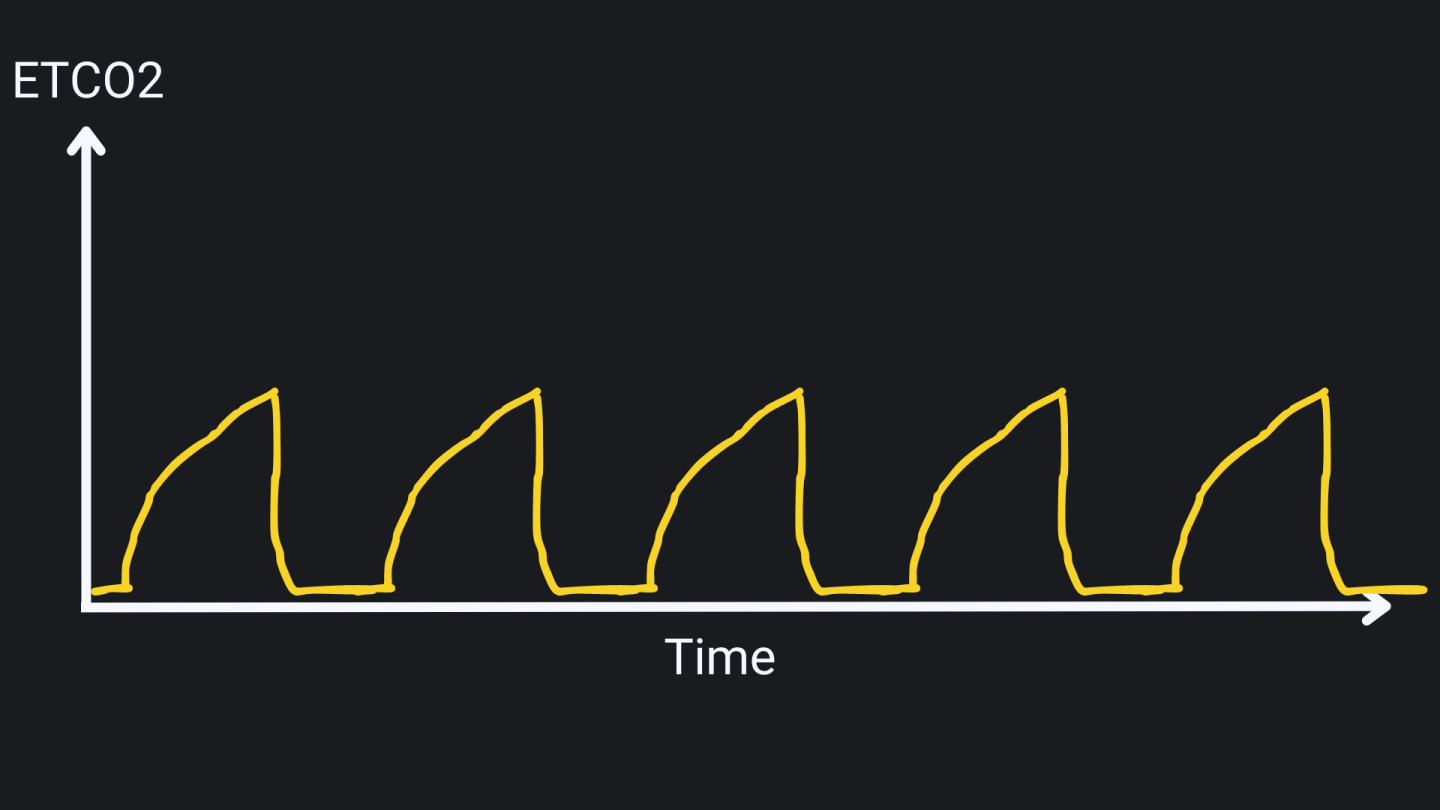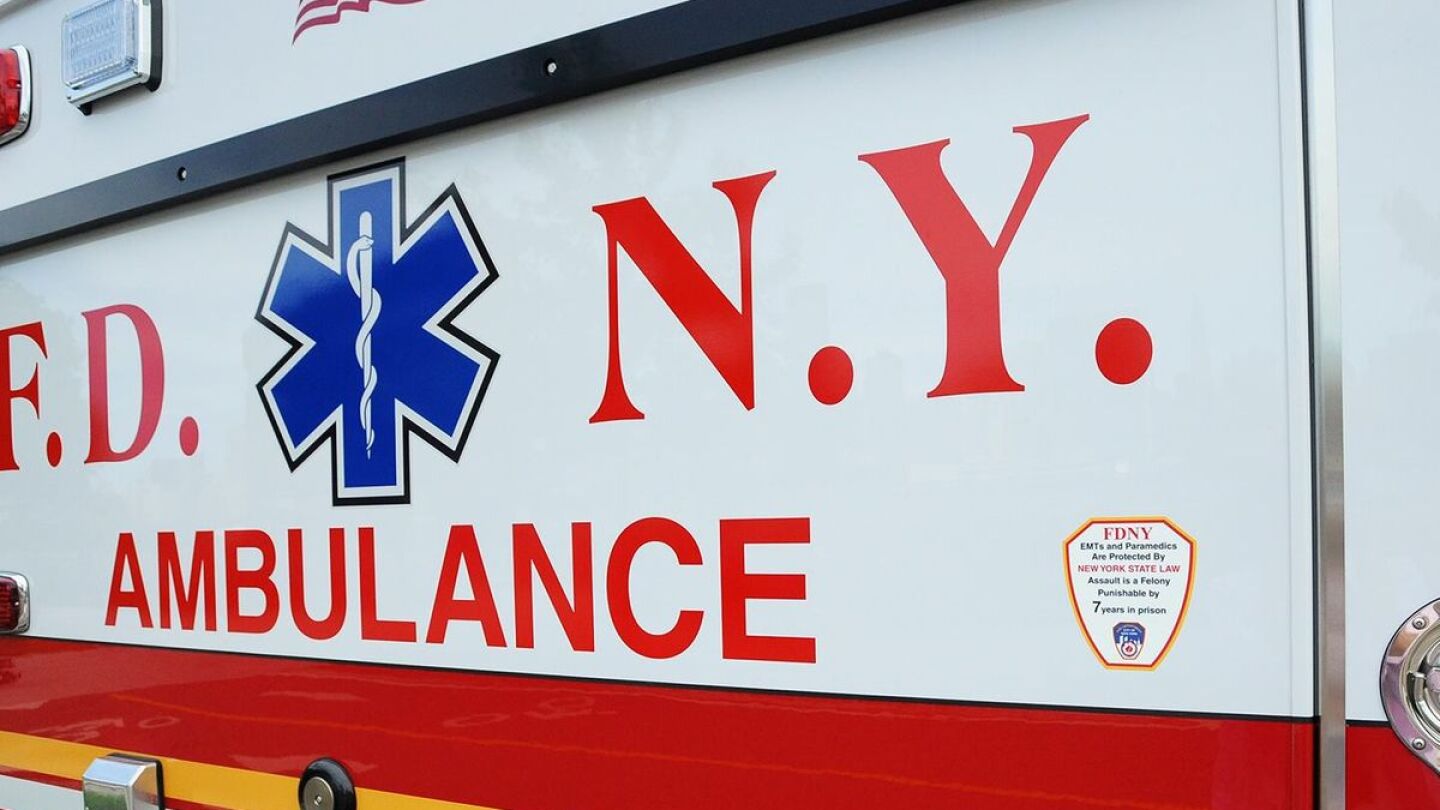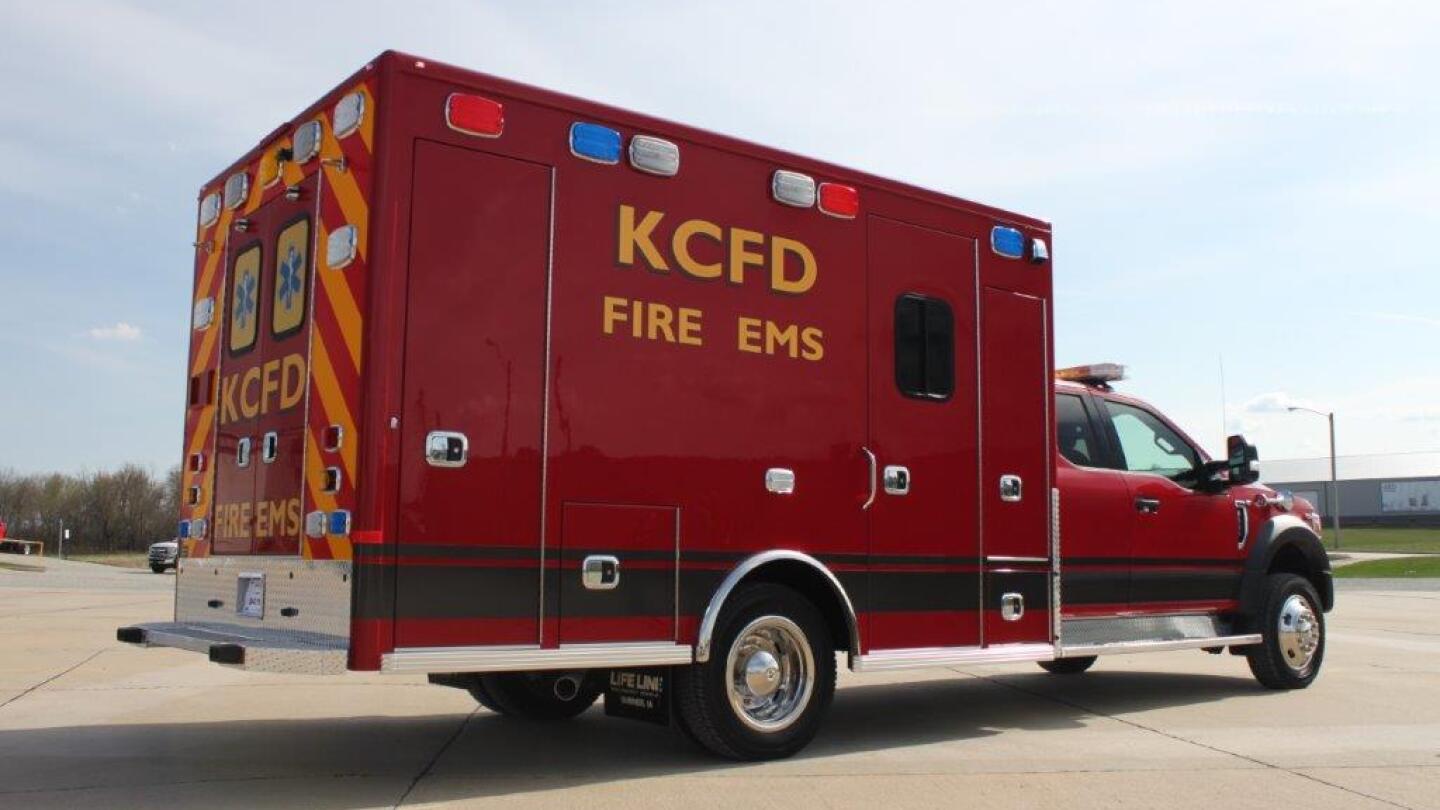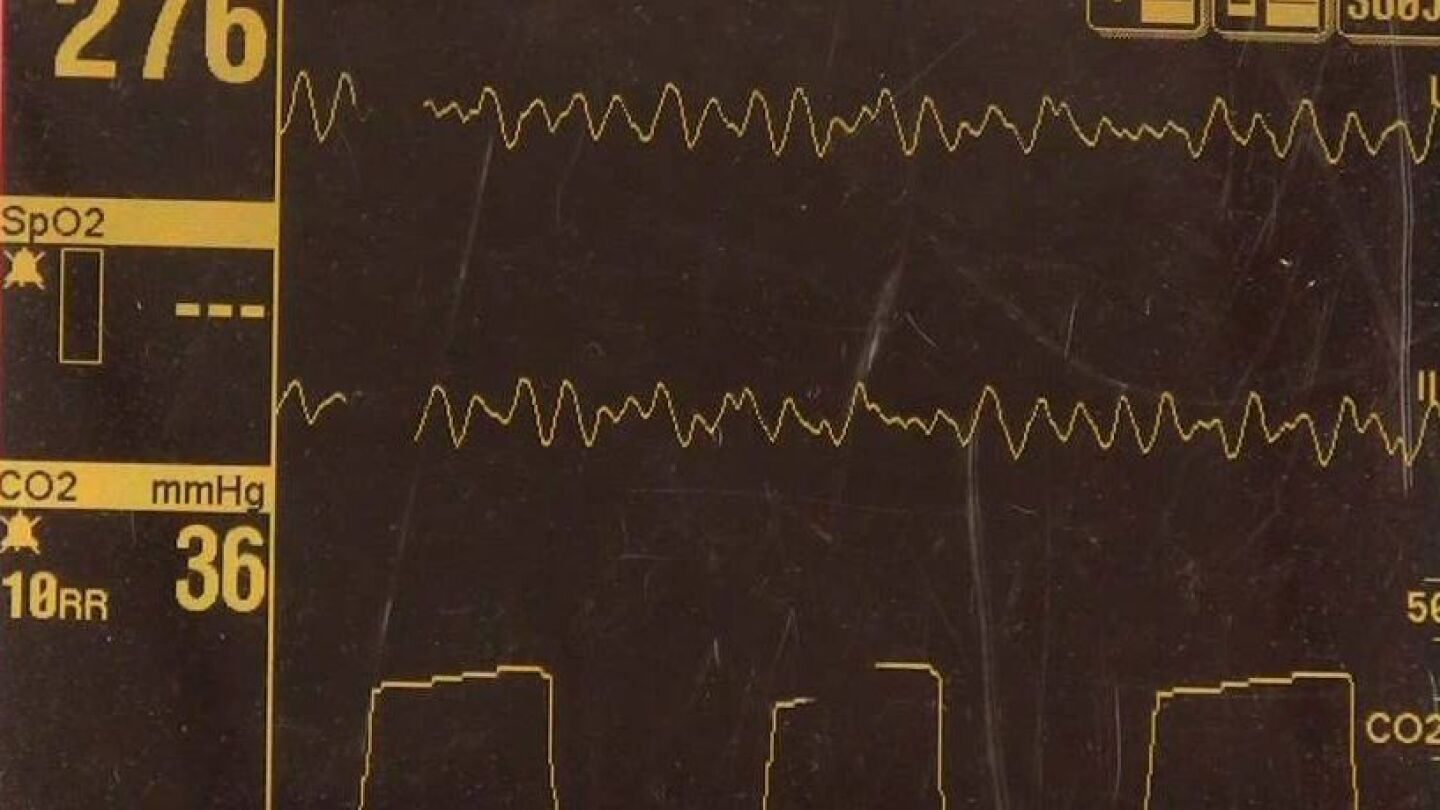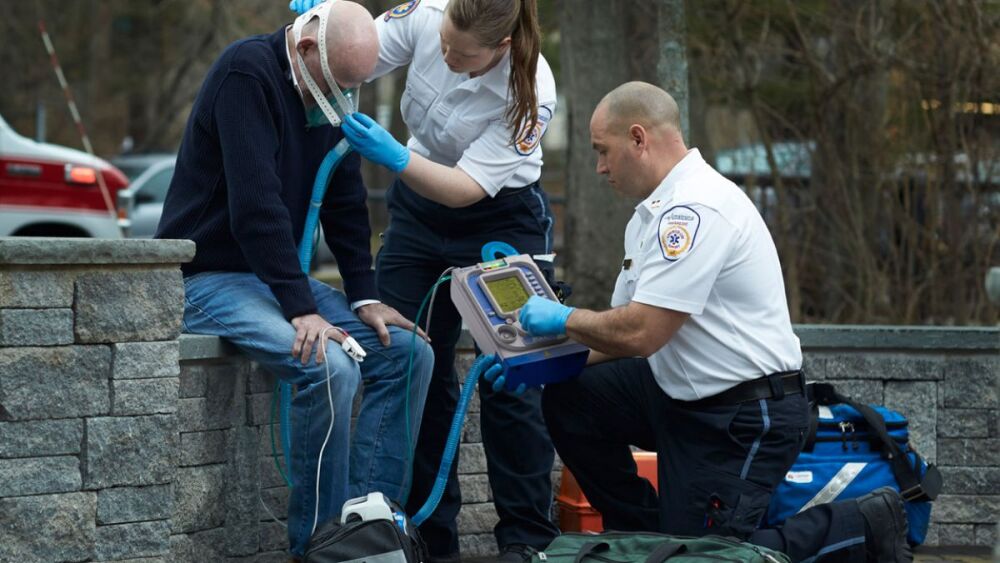Airway management
This directory provides essential articles on Airway Management, a critical skill for EMS professionals. Topics include techniques for securing airways, the use of advanced airway devices, and strategies for managing difficult airways in emergencies. Mastery of Airway Management is vital for ensuring patient survival during respiratory emergencies. For related information, explore our resources on Advanced Life Support (ALS), which often involves advanced airway procedures. Use this directory to deepen your understanding and improve your airway management skills in the field.
Learn how waveform capnography enhances patient assessment, guides treatment and improves outcomes in respiratory arrrest and distress
Their new device has enhanced first-pass success and provides other advantages
Learn the key differences, signs and symptoms of compensated and decompensated shock to improve prehospital recognition and response
Syracuse moviegoers complained of eye and respiratory irritation
A FDNY EMS spokesperson said the EMTs were transported to Staten Island University Hospital
Studies show that mechanical ventilation is superior to bag-valve-mask ventilation, especially in terms of patient safety
Props and tricks can add creativity into your next airway management adventure during simulation or on the job
Two of the victims were critically injured in the explosion at a popular dining and shopping area in Whittier
Download this �鶹����mv���߹ۿ� mechanical ventilators buying guide to learn key steps for product selection, purchasing and implementation
Engage your participants in pediatric resuscitation protocols, equipment and patient assessment
As the population ages and healthcare needs surge, EMS is evolving beyond emergencies to provide critical support through body cavity access devices and expanded care procedures
An initial visual assessment can identify threats to you and your patient before you narrow down a differential diagnosis
Kansas City firefighters entered the sewer and found the worker face down in six to eight inches of water
Steve Whitehead wants you to consider this one thing before pulling out the plastic tubes
Video showed Rochester police and AMR leaving the man on a bench where he fell over and was unattended for more than two minutes, the lawsuit claims
Patients complained of respiratory issues after an accidental release of the repellent inside the Lower Nazareth Township Walmart
Download this �鶹����mv���߹ۿ� capnography equipment buying guide to learn key steps for product selection, purchasing and implementation
For both intubated and non-intubated patients, capnography can provide a wealth of information about vital signs
Waveform capnography provides real-time feedback that BLS providers can use to make treatment decisions and improve care
The use of waveform capnography as a monitoring and diagnostic tool extends far beyond airway management and cardiac arrest
Application of an EtCO2 sampling device and waveform monitoring, especially during bag-valve mask ventilation, is well within the capability of EMTs
Going back to the basics ensures a smooth EtCO2 reading and creates a calming environment for both the patient and provider
Download this �鶹����mv���߹ۿ� airway management devices buying guide to learn key steps for product selection, purchasing and implementation
A 12-year-old boy was trapped while digging a hole at Silver Lake dunes
Miami-Dade Fire Rescue medics transported 22 patients due to a CO leak from a water heater
Critical insights on the safe administration of ketamine, versed, lorazepam, ativan and haloperidol
Exploring physical, chemical and alternate restraint considerations in agitated patients
EMS personnel administered CPR and hydroxocobalamin after the firefighter was pulled from the burning house
Recommendations first made in 1995 explained keeping someone on their chest in prone restraint can dangerously restrict breathing
Portland Fire Rescue said the person survived after possibly coming in contact with a 57,000-volt power line
Use these tips to pick the stethoscope best for you and to use it correctly on every patient
Gain confidence in the difference between normal and abnormal breath sounds by auscultating lung sounds on every patient
Keeping patients moving toward definitive treatment through accurate triage of life threats is the key to EMS success at a mass casualty incident
MOST POPULAR
- Breathe easier: Using mechanical ventilation to deliver consistent, high-quality respiration in transit (eBook)
- Pump to the beat: Top songs for effective CPR compressions
- Airway Class vs. Airway Grade: Know the distinction
- Live from Wisconsin: Top clinical tips for paramedics
- Tension pneumothorax: Needle decompression steps

